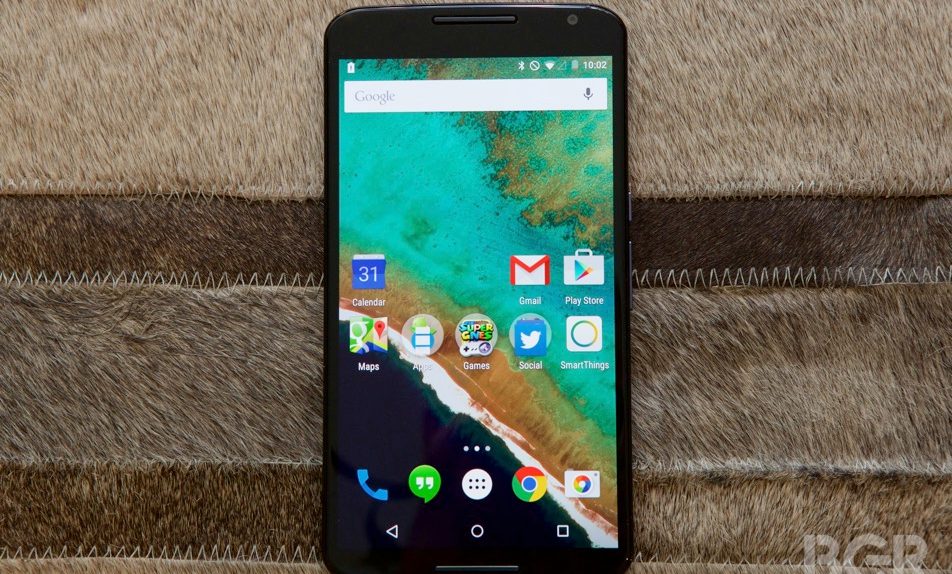Google surprised Android fans who were anxiously waiting for a new Nexus smartphone last year by only launching one new handset, a 6-inch Nexus 6 phablet that proved to be too big for some users. The correlation between the gadget’s name and its screen size might help explain why Google had to release a phablet last year. Google may have also done it to show developers what apps running on a vanilla version of Android look on a phablet, though.
That said, there might be one other reason behind Google’s decision to only launch a bigger Nexus phone in 2014.
Google’s advertising chief Sridhar Ramaswamy on Thursday told The Wall Street Journal at the ad:tech conference that screen size on a mobile device is a factor that can affect advertising revenue, suggesting that the reasoning behind the Nexus 6’s size might have been directly linked to Google’s ad business.
“As phones get bigger the space issue becomes less challenging,” the Google exec said about how ads show up on mobile devices. “[The Nexus 6] is essentially a tablet. People’s ability to navigate sites and fill out forms and such goes up tremendously.”
The exec did not, however, specifically say that Google’s advertising interests affected the final design of the Nexus 6.
Screen size is one of the factors that has been driving down prices of Google search ads, as more people have been using smartphones. Their small screens aren’t always drivers for online purchases, the Journal notes, which means advertisers are less inclined to pay more for mobile ads.
However, it looks like smartphones with bigger screens can help increase the cost of mobile search ads. Digital marketing firm Merkle RKG noticed increases in ad prices over the past year, noting that larger iPhones are part of the reason – apparently it’s more likely that users will buy something after clicking on a search ad on a larger phone.




